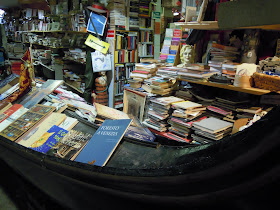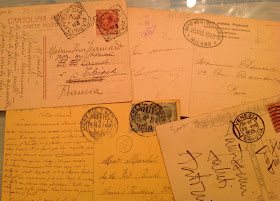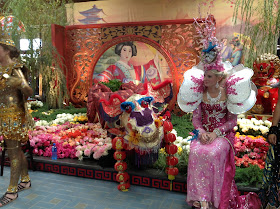Details can make or break a project. I recently worked with a client who understood the importance of every detail in the creative process, what a delight to work with!
They had me copy their family crest and apply to the large chandeliers in the main room.
When these vintage sconces were added to the clubroom, they were a little too rustic for the drapery hardware.
Adding some gold details tied the two together and made the wall flow.
The client wanted the look of old zinc on a new bathtub. I started with washes of grays on the sides and asked the carpenter to make me 20 wooden rivets for the bottom band..this was his humorous way of letting me know he made one extra!
Pitting and the illusion of oxidation were added to give the aged look the client wanted.
A few touches of gold and the look is complete!
I saved the best for last, there were four sconces from the Madeleine Castaing estate that needed a little love. I gently touched them up and they now have a new home over a wall of Farrow and Ball wallpaper...lovely!
Many more touches of detail were added to transform this house into a very custom home. When working with projects, never forget the details!

























































